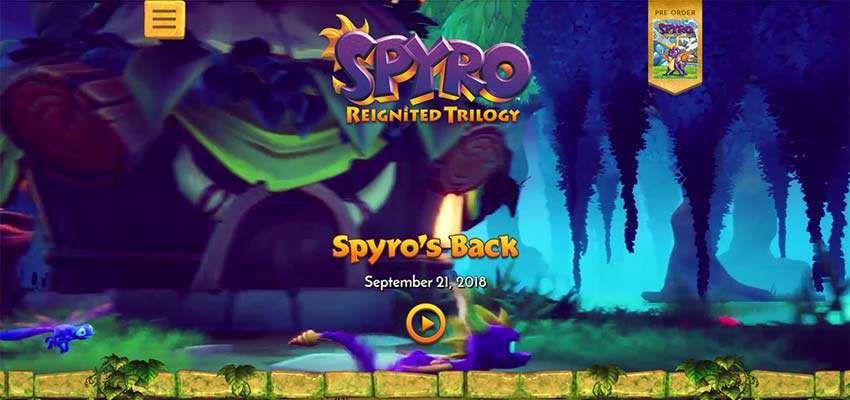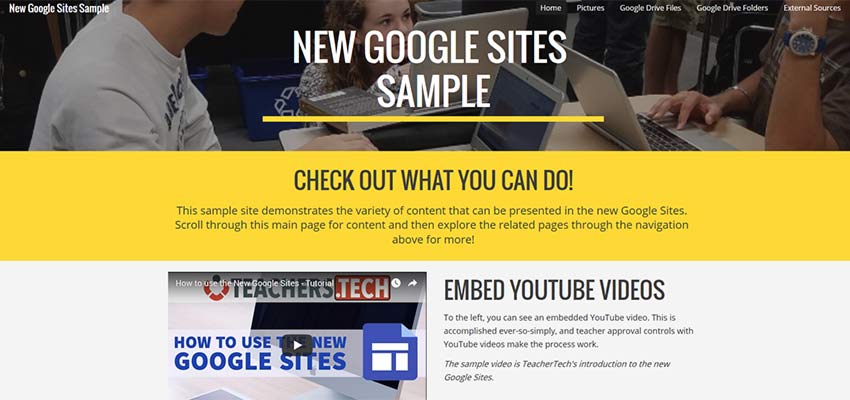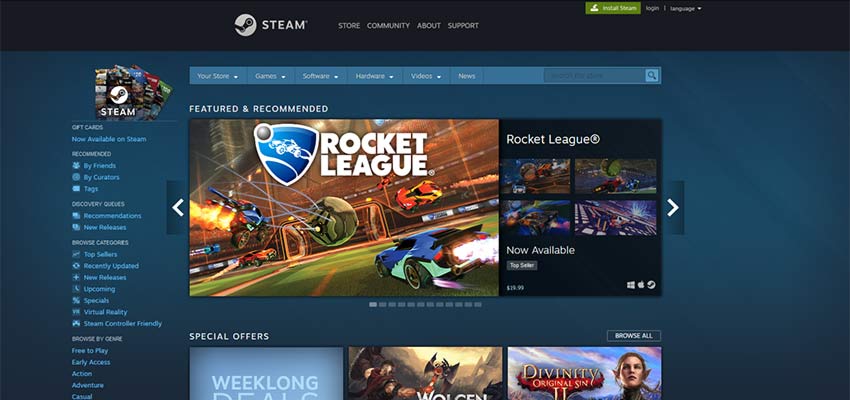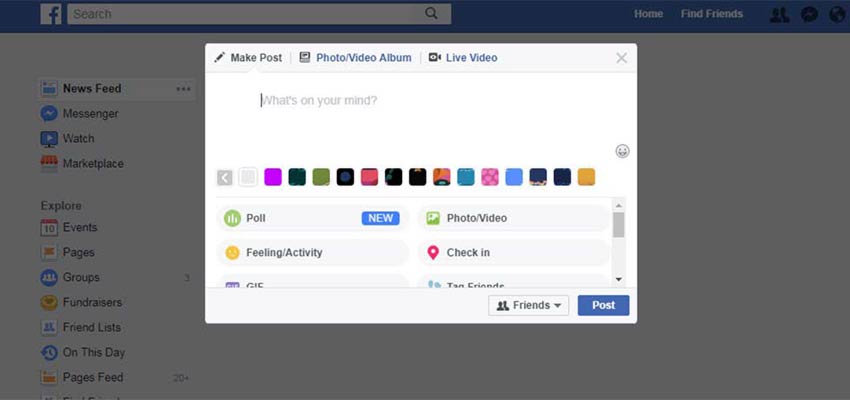Did you know that it’s possible to group all websites into just two categories: static or dynamic? The distinction is fairly simple, but each of these categories has its pros and cons.
Are you about to build a website and not sure which to choose? This article will help you make an informed decision.
Your Web Designer Toolbox
Unlimited Downloads: 500,000+ Web Templates, Icon Sets, Themes & Design Assets
Starting at only $16.50/month!
Static Web Design
A static website, as you may guess, doesn’t change – there is no user interactivity besides hyperlinks. It usually contains only HTML and CSS, with no server-side scripting languages. You write the code for pages individually and that code is displayed to visitors.
What does this mean? Each page is unique and built from the ground up. Headers, footers, and so on are not universal. So, when even a small tweak is made, every single footer on every single page needs to be updated.
There is no interactivity such as user commenting or accounts. Many free site builders only let you create static websites, where you build your site page-by-page and with limited-to-no interactive elements.

While sometimes tedious to work with and lacking interactivity, static websites are easier to create, take up little space and cost less since you won’t need to spend money on expensive hosting or content management systems.
When is it best to use static web design?
- You’re a new programmer looking to practice.
- Your website won’t need to be updated often.
- You’re creating an informational or temporary site.
- Your site won’t need user-interactive elements.
- Pages need to be unique from each other and highly customized (you may run into trouble with this using dynamic design).
- You need to have a website up and running quickly.

Dynamic Web Design
On the other hand, a dynamic website is one that builds pages as a user visits them. Using the footer example, a dynamic site would have that element’s information stored in one place. You’ll only need to modify the footer once – rather than having to go back and change it on every single page.
Client- and server-side scripting languages such as PHP are common. They often have databases to store and manage information as well, or a CMS like WordPress. While this means higher costs, the efficiency is more than worth it.

These types of sites also may have interactive elements. Reservations, commenting, forms, user uploads, or shopping carts are examples of the elements a dynamic site may have.
One downside becomes apparent when creating a site with an inconsistent design. For instance, a vendor of multiple products may want the gardening section to have a fancy floral look and the home products to have a simpler, earthy palette. But displaying a different header, color scheme, and even page layout is more difficult than it would be on a static site.
While dynamic sites are easier to use once set up and are more versatile than a static website, there’s an argument to be made for either.
When is it best to use dynamic web design?
- You’re willing to go through a more difficult development period to make future changes easier.
- Your website will need to be frequently updated.
- You have HTML elements you want to share across the website (headers, etc).
- You’re creating a site that requires user interaction.
- Your website doesn’t need to have a wildly varying design on certain pages.
- You want content that’s easily editable and can be categorized (using databases).
- You’re a commercial web designer who wants to give your clients an easier way to perform simple edits on their own (with a CMS).

Static or Dynamic?
If you’re creating something small, temporary, or non-interactive, static may just be the way to go. It’s also a great way to practice design and basic programming skills. But if you want to make use of interactivity, databases and a CMS, try a dynamic design instead.
Whatever you choose, you should hopefully now understand the difference between these two types of sites and be able to decide which is best for your next project.
This post may contain affiliate links. See our disclosure about affiliate links here.




